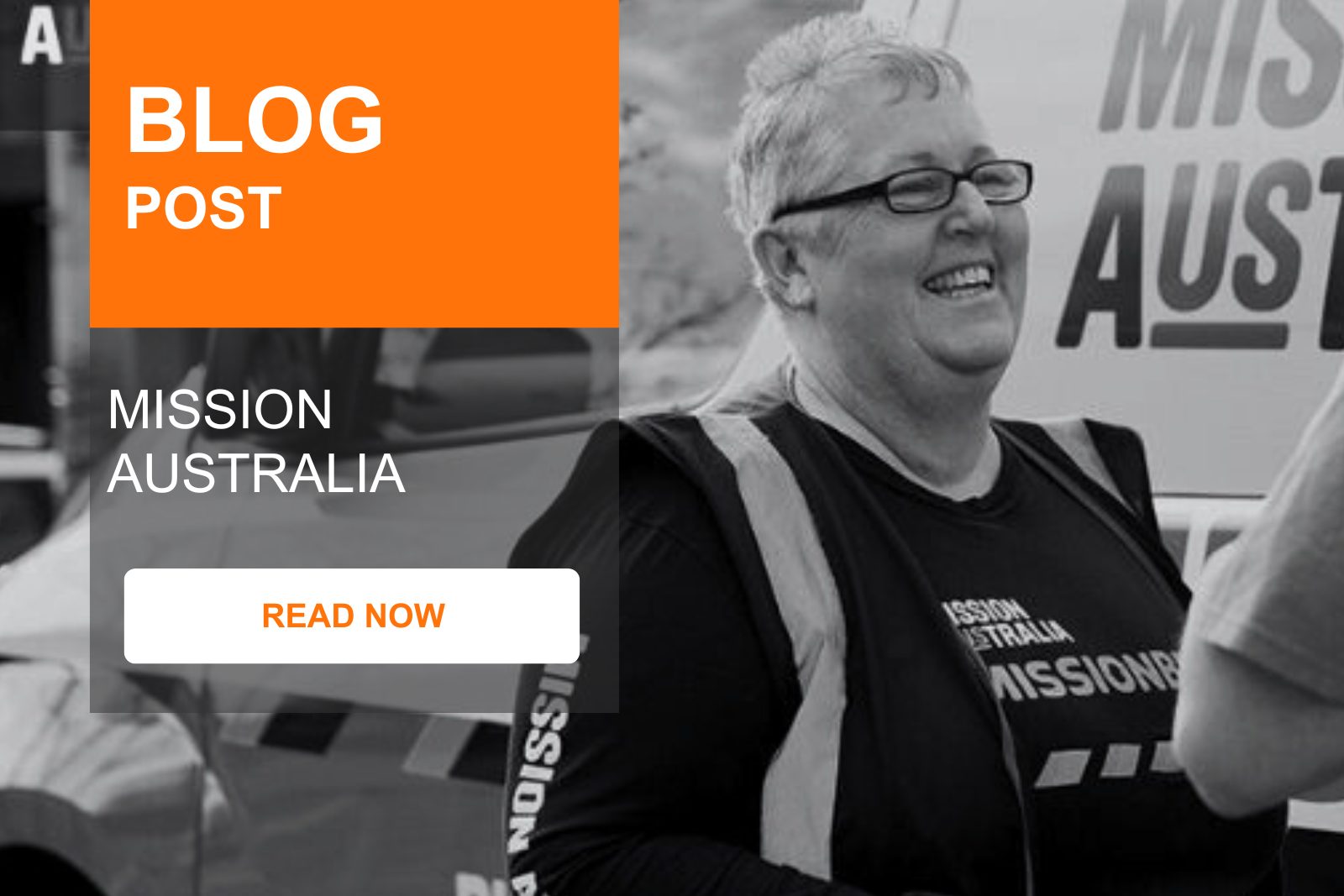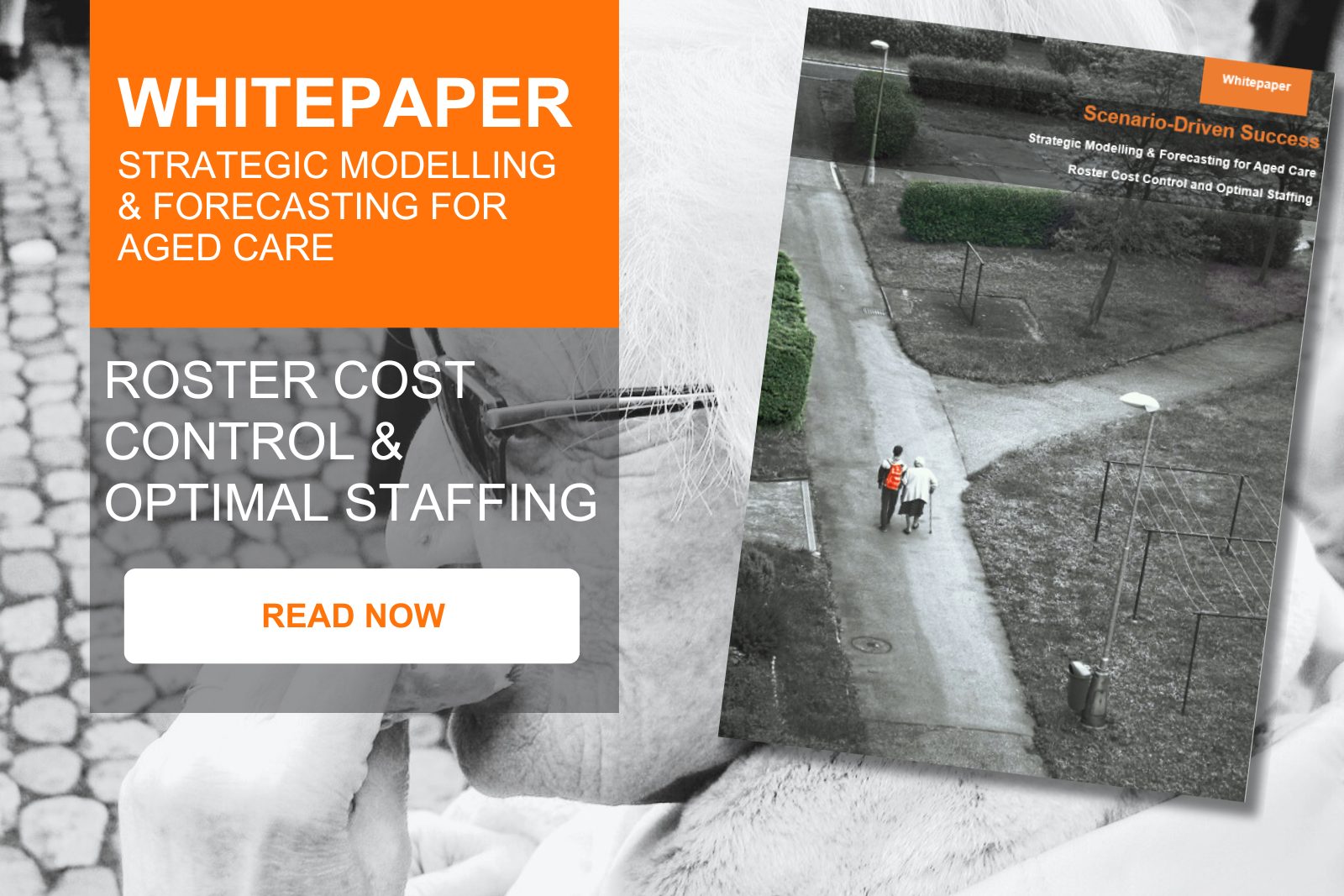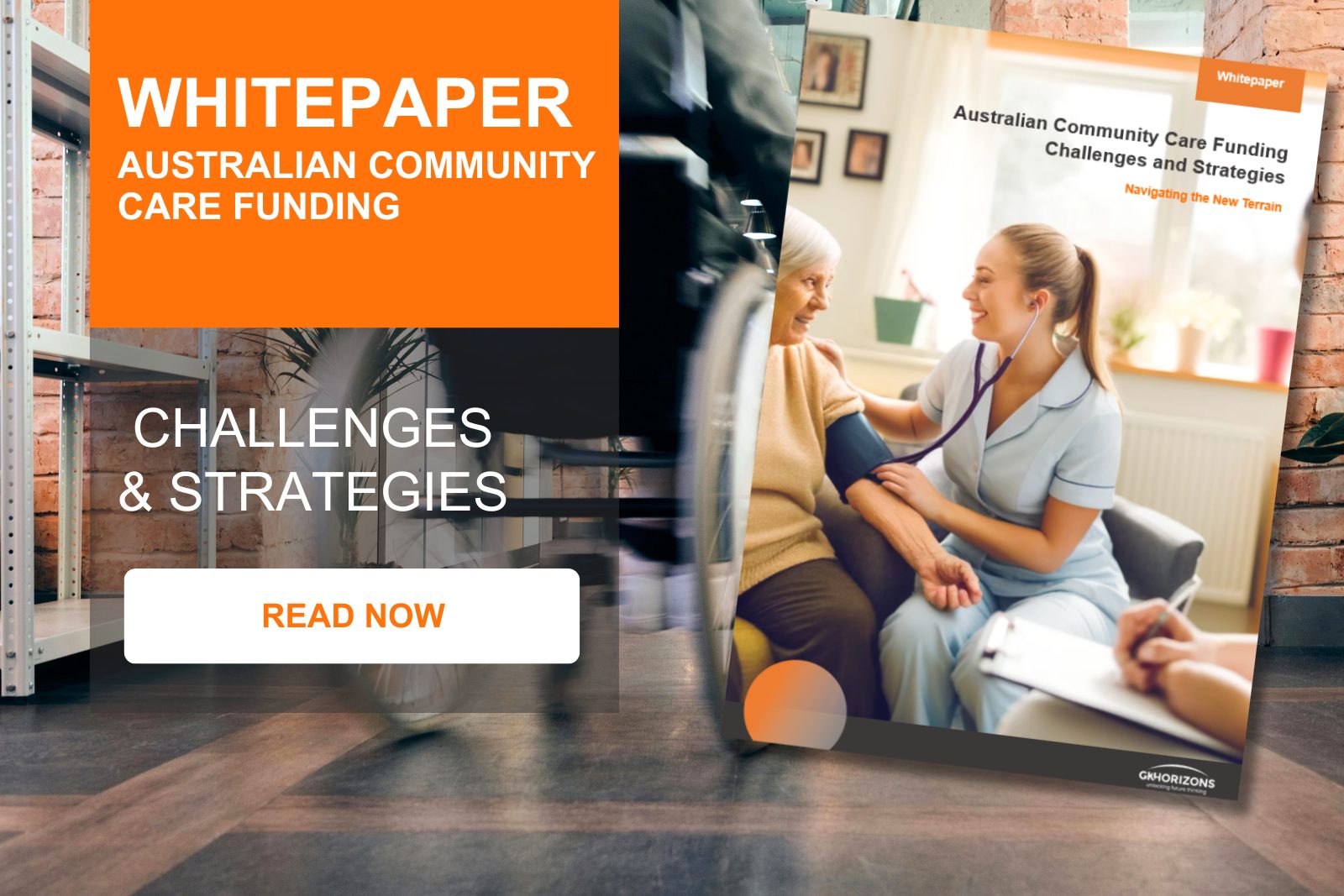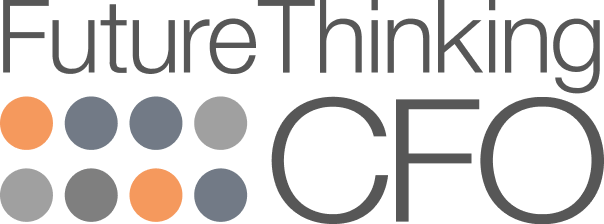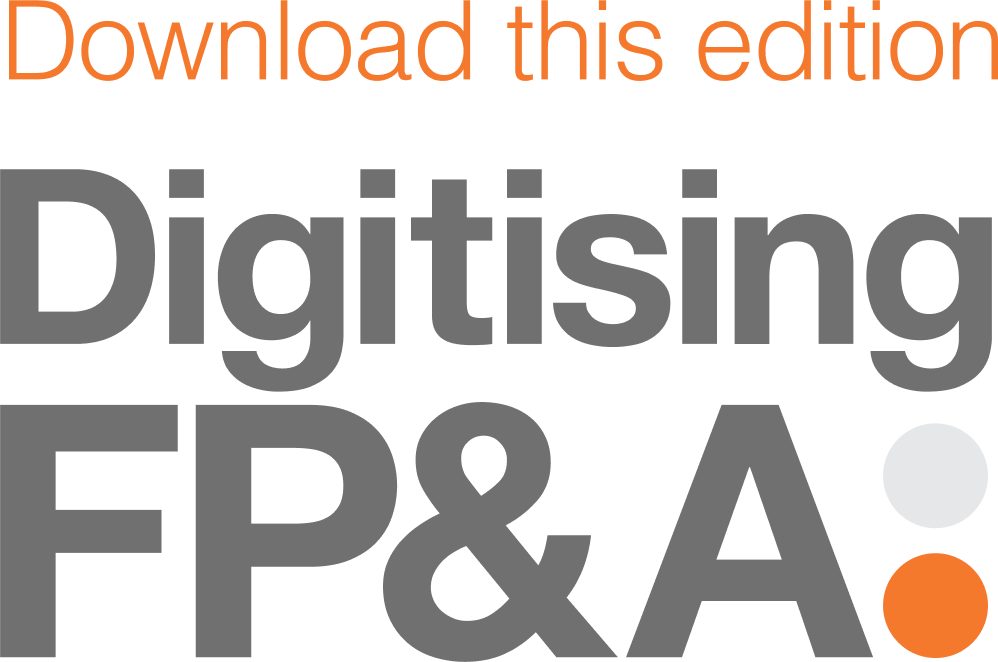Community Care
Industry Overview
The community care industry in Australia and New Zealand serves as a vital framework, attending to the unique needs and preferences of diverse populace groups, including the elderly and those grappling with chronic illnesses. Despite the essential role it plays, the industry faces significant challenges that hinder its effectiveness and reach.
In Australia, a core issue is workforce retention and the continual need for skill development and training. The industry also grapples with adapting to evolving regulatory requirements and leveraging technology without losing the personal touch inherent in community care. Meanwhile, ensuring sustainable funding and reaching remote areas remain pressing issues.
New Zealand shares similar concerns, with a distinct focus on meeting the needs of its diverse population, which includes a substantial representation from the Māori and Pacific communities. The nation is also navigating an aging healthcare workforce, the call for integrated services, and the shadow of funding disparities that create access inequities.
Adequate and sustainable funding is crucial to ensure service accessibility, quality, and workforce stability. Both countries have faced issues with ensuring that funding keeps pace with growing demand due to demographic changes and rising health care needs.
- Funding Growth Not Keeping Pace with Demand: The aging population and the increasing prevalence of chronic diseases mean that the demand for community care services is growing. Funding increases have sometimes not kept pace with the growth in demand, putting pressure on service providers and potentially reducing the availability of services.
- Complex Funding Models: The funding models for community care can be complex, with different programs having different funding streams. This complexity can create challenges for service providers in navigating the funding landscape.
Community Care organisations are looking at the following opportunities:
- Technological Adoption
- Corporate Performance Management
- Enhanced Collaboration & Partnerships
- Workforce Development & Empowerment
- Service Model Innovations
- Strategic Advocacy & Lobbying
- Technological Adoption – Community care organisations are looking to adopt state-of-the-art technologies to streamline their operations and enhance the quality of their services. This includes leveraging AI for predictive healthcare analytics and developing mobile applications to reach a broader audience with improved accessibility and efficiency.
- Corporate Performance Management – Community care organisations are giving precedence to Corporate Performance Management (CPM) to maintain a sustainable and efficient operation. CPM involves strategising and monitoring the performance of the organisation with the help of analytics and key performance indicators to ensure the steady achievement of organisational objectives. By focusing on CPM, organisations can streamline their operations, ensuring that they are meeting their goals effectively and using their resources judiciously. It’s a step towards systematic and organised growth, where continuous evaluation and feedback are pivotal in fostering improvement and innovation in service delivery.
- Enhanced Collaboration & Partnerships – There is a significant focus on fostering partnerships and collaborations that bring together various stakeholders in the industry. By sharing knowledge and pooling resources through joint initiatives, organisations can work toward creating a more robust and comprehensive community care ecosystem that leverages the unique strengths of each partner.
- Workforce Development & Empowerment – Workforce development and empowerment remain a priority, with a spotlight on continuous training programs and mentorship initiatives. This strategy aims to nurture a culture of excellence and dedication, enhancing service quality while providing career progression pathways, thereby attracting more talent and reducing turnover.
- Service Model Innovations – Community care organisations are exploring innovative service delivery models to meet the unique and changing needs of the communities they serve. This includes person-centred approaches that tailor services to individual needs and preferences, as well as leveraging technology to offer flexible and accessible solutions such as telehealth services.
- Strategic Advocacy & Lobbying – Strategic advocacy and lobbying are essential tools being utilised to shape a regulatory environment that supports the mission of community care organisations. By building strong relationships with policymakers and engaging in public discourse, these organisations aim to secure favourable conditions that facilitate better outcomes for the communities they serve.

GK Horizons Future-Proofing Community Care
Drawing upon a deep reservoir of experience in the Australian & New Zealand (ANZ) community care industry, GK Horizons is steering organisations towards a brighter future with next-gen planning and analysis tools.
Community care is ever evolving and anticipating future challenges is paramount. GK Horizons stands at the forefront, offering bespoke solutions through innovative planning, what-if scenario modelling, and advance analytics, empowering community care organisations to navigate and excel in fluctuating environments.
We facilitate data-driven decision-making, helping community care organisations to adapt proactively to shifts in policies and demographics. Discover with us the transformative power of foresight-driven strategies, where every decision is not just informed but visionary, equipping your organisation to respond to tomorrow’s demands with agility and insight.
Blueprint for Success: Enterprise Performance Management (EPM) Use Cases in Community Care
The following CPM use cases examples serve to enhance decision-making, improve efficiency, and foster innovation in the community care industry, ensuring both the sustained wellbeing of community members and the financial health of the community care organisations.
Incorporating Performance Management into the community care setting ensures that all initiatives, from top-level strategic planning down to individual care activities, are consistently of high quality, aligned with organisational goals, and constantly evolving to better serve the community.
- Objective: To encourage collaborative planning initiatives where multidisciplinary teams work in tandem to foster innovative and viable community care strategies.
- Collaboration: Facilitate platforms and workshops where stakeholders, including community members, can contribute insights and feedback, fostering a collaborative environment that brings diverse perspectives into the planning phase.
- Machine Learning: Leverage machine learning tools to process and analyse feedback and insights derived from collaborative sessions, identifying pivotal trends and patterns that can steer strategic planning.
- CPM: Ensure that the collaborative inputs align well with the corporate goals, and performance metrics, amalgamating collective knowledge with organisational strategies for a comprehensive plan.
- Objective: To create predictive models through a collaborative approach, where insights from various stakeholders enrich the model’s accuracy and relevance.
- Collaboration: Develop collaborative forums where experts from various fields can contribute their knowledge to enhance predictive modelling, fostering a multi-dimensional approach to model development.
- Machine Learning: Use machine learning platforms to integrate insights derived from collaborative forums into predictive models, ensuring a richer, more informed modelling process.
- What-if Analysis: Facilitate collaborative what-if analysis sessions to foster divergent thinking and scenario planning, encouraging input from a range of stakeholders to build resilient strategies.
- Objective: To foster a collaborative environment where diverse groups analyse potential scenarios, ensuring a well-rounded view of possible outcomes and strategies.
- Collaboration: Engage stakeholders in collaborative discussions to understand different perspectives and insights during the what-if analyses, creating a more inclusive and comprehensive analysis process.
- CPM: Utilise CPM platforms to integrate the collaborative inputs from the what-if analyses, ensuring alignment with corporate objectives while respecting the varied insights from different stakeholders.
Some industry specific examples of what-if analyses might include:
Policy Changes
- What if the government increases/decreases funding for community care programs?
- What if there are changes in regulations affecting service delivery, such as increased requirements for staff training or modifications in quality standards?
Demographic Shifts
- What if there is a sudden increase in the aging population requiring home-based care?
- What if there is a surge in the number of individuals requiring mental health services?
Service Continuity and Resource Allocation
- What if a natural disaster or pandemic disrupts service delivery?
- What if there is an unexpected surge in demand for a specific service, necessitating rapid resource reallocation?
Workforce Development
- What if there is a shortage of skilled staff in a specific area, necessitating urgent training and development programs?
- What if changing societal expectations require a re-evaluation of the work-life balance and benefits offered to employees?
Performance Management
What if adjustments are needed in service delivery models to meet performance targets?
Advocacy Efforts
- What if organizations need to campaign for policy changes, requiring the collation and presentation of substantial data to back their cases?
- What if there’s a need to swiftly respond to a policy proposal with a substantial evidence base to influence decision-makers?
Objective: To encourage collaborative efforts in leveraging machine learning to enhance community care strategies.
Collaboration: Organise brainstorming sessions with tech experts, care providers, and community members to explore potential machine learning applications in community care, fostering an environment of innovation through collaboration.
Planning: Involve a collaborative team in the planning phase to ensure that machine learning applications are grounded in real-world needs and possibilities.
What-if Analysis: Conduct collaborative workshops to understand how machine learning can augment what-if analyses, incorporating insights from various stakeholders to envision a range of scenarios and outcomes.
- Objective: To foster collaboration in financial planning and analysis, ensuring transparency and inclusivity in financial strategies.
- Collaboration: Encourage cross-departmental collaboration to ensure a more rounded FP&A process, incorporating insights and perspectives from various departments to foster a cohesive financial strategy.
- Budgeting and Forecasting: Facilitate collaborative budgeting sessions, bringing in inputs from different departments to ensure an inclusive and realistic budget and forecast.
- Financial Reporting: Foster transparency through collaborative financial reporting, including diverse stakeholders in the discussion to ensure that financial reports are comprehensive and aligned with community needs.
- Objective: To enhance the community care sector’s performance through collaborative efforts, fostering a culture of continuous improvement and shared success.
- Collaboration: Establish platforms for collaborative discussions where community members, staff, and other stakeholders can discuss and define performance metrics, fostering a culture of mutual growth and understanding.
- Performance Monitoring: Involve community members in performance monitoring initiatives, encouraging feedback and suggestions to ensure services align with community needs and expectations.
- Feedback Management: Build collaborative feedback mechanisms, encouraging community members to actively participate in feedback processes, thereby fostering a community-centric approach to care.
